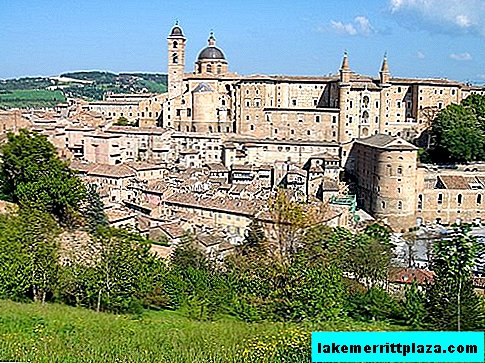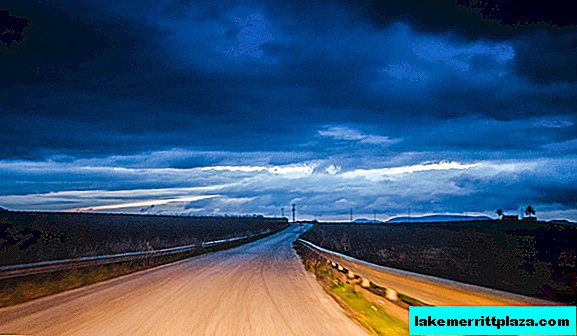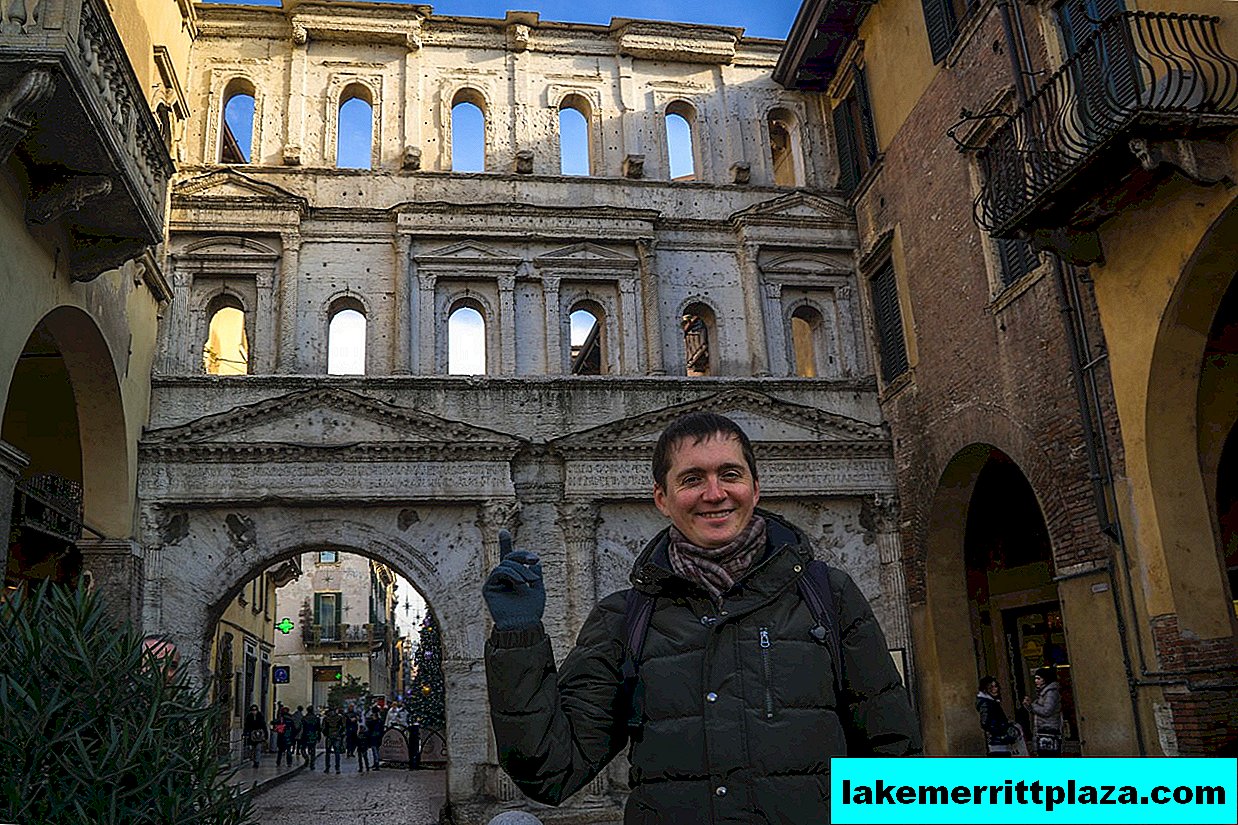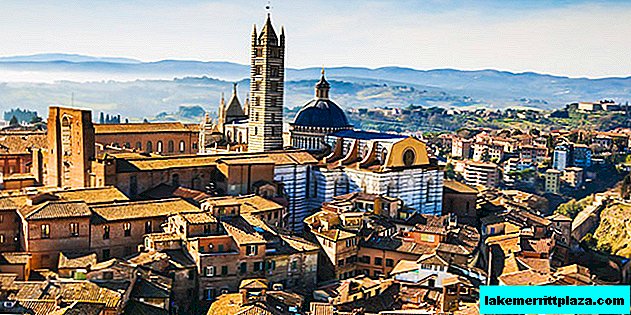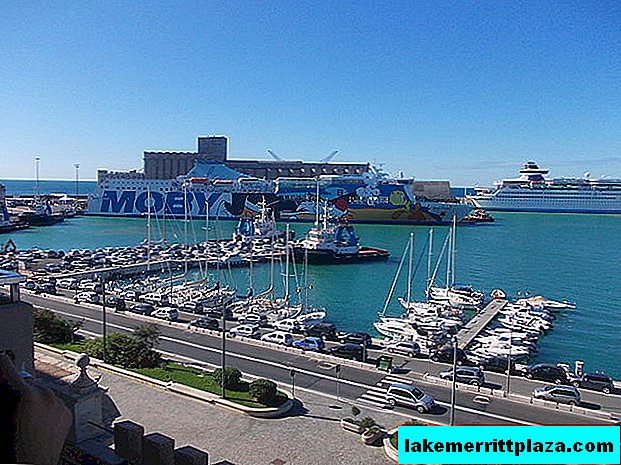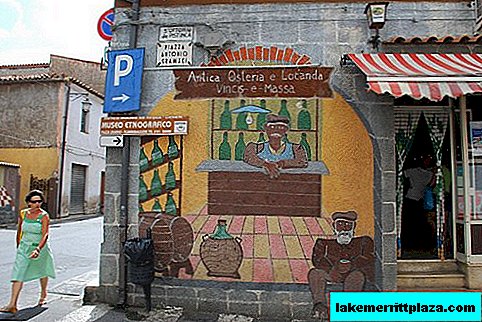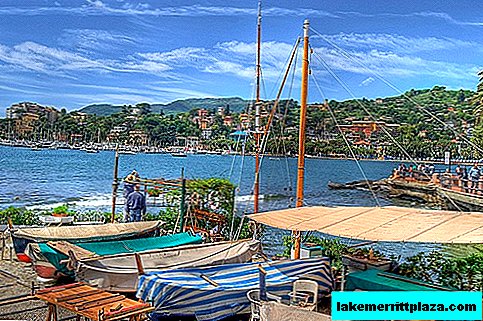The Palatine is the central of the seven Roman hills. According to legend, it was on it that the she-wolf nurtured Remus and Romulus. Today's Palatine looks like an island of silence in the midst of bustling Rome. This is a huge archaeological reserve.

Remains of the imperial palaces of Palatine from the Circus
How did the name Palatine appear
Palatine (lat. Mons Palatinus, Palatium; Italian. Palatino) - the central of seven Roman hills, 40 m high. According to legend, it was on it that the she-wolf fed Rem and Romulus, here Romulus laid the city. Palatium is a poetic name, but its origin was very prosaic. Pales is the name of the goddess, patroness of cattle. Here for a long time grazed domestic animals. Later, the hill became a place of worship for the goddess Pales, and then it gradually began to be built up. The houses of aristocrats appeared, followed by the imperial palaces. They were erected and rebuilt over 3 centuries.
Palatine Palaces
On the Palatine in ruins lies the whole history of Ancient Rome. The first settlements appeared here in 1000 BC.
Augustus Palace

Palace of Augustus (Domus Augustana)
The first palace was built here by Augustus at the end of the 1st century. n e., who used it as a personal residence. Little remains of the marble Augustus Palace (Domus Augustana): parts of the foundation and gloomy fragments of the outer walls.
House of Libya

House of Libya (Casa di Livia), photo by Carole Raddato
Nearby are the ruins of the House of Libya (Casa di Livia) (end of the 1st century BC) - the wife of Augustus. Here you can distinguish the outlines of several indoor spaces; fragments of murals depicting mythological scenes, candelabra, sphinxes, garlands of flowers and fruits were preserved on the walls (some of the frescoes from the palace were transferred to the Palatine Museum).
Tiberius Palace and Caligula Palace
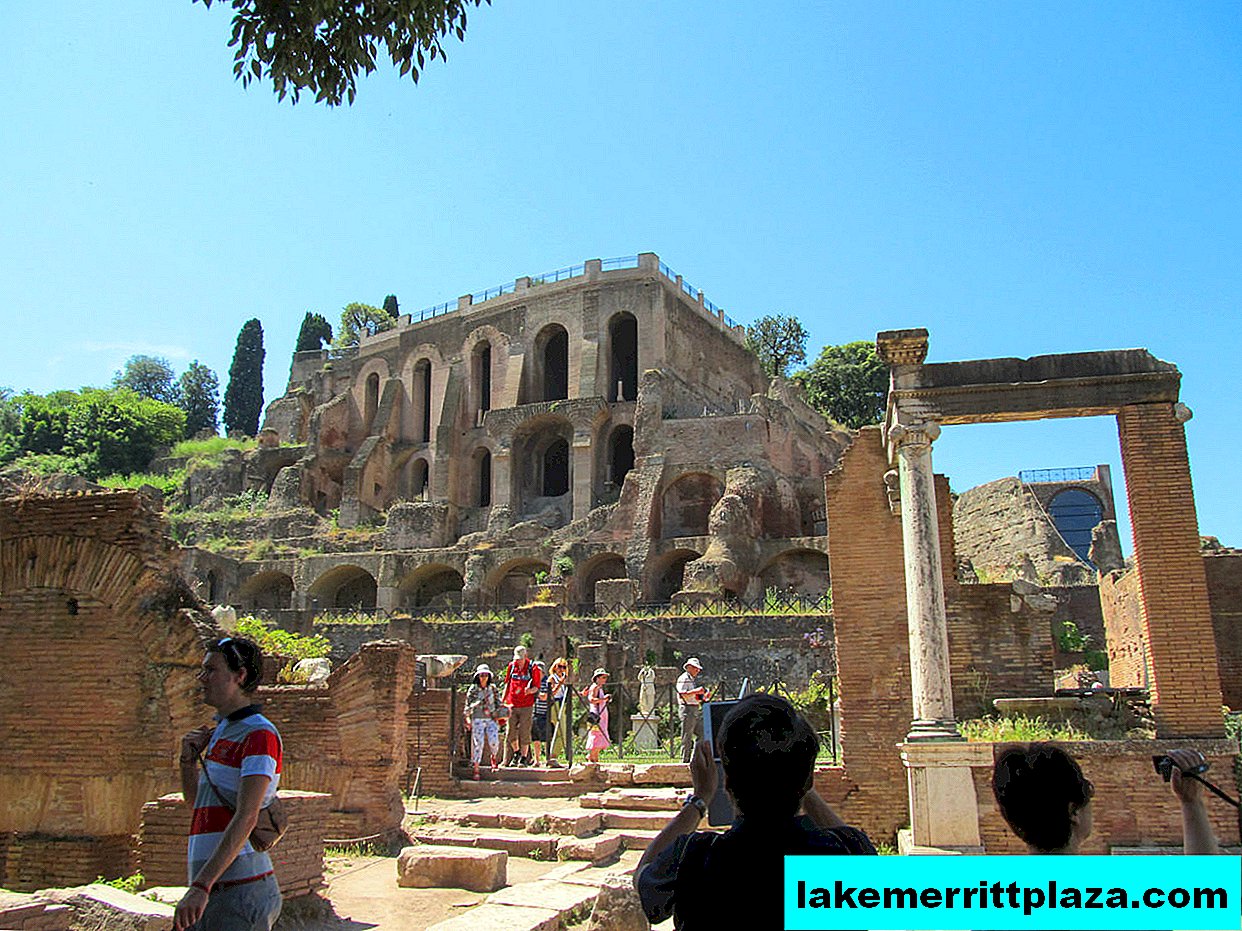
Tiberius Palace (Domus Tiberiana), photo daryl_mitchell
In the western part of the hill - the ruins of a neat brick building - this is the Palace of Tiberius (Domus Tiberiana) (I-V centuries). It was built by the emperor Tiberius. Under Caligula, the structure was expanded. From the walls of the palace of Caligula there was a bridge to the Capitol. There are a lot of legends about the splendor of the palace, but today it’s just gloomy, though large-scale, ruins above the forum a little north of Domus Tiberiana. In the 16th century, the Farnese Gardens were set up on the site of the ruined imperial palace.
Palace Flavius

Palace of Flavia (Domus Flavia), photo by Cassius Ahenobarbus
Under the emperor Domitian, the magnificent Palace of Flavia (Domus Flavia) appeared in the years 80-92. It housed the basilica, the sanctuary, the hall of Jupiter, the Throne and the column with a fountain. A renaissance pavilion was built over its foundation, and a secret cryptoportic with stucco ceiling was preserved below.
Under Domitian, a huge stadium was created. Once it served as an arena for vivid spectacles, but now it is just a long rectangular wasteland. By the way, the stadium has preserved the imperial box - an arched section of the wall in several tiers.
Septimius Severus Palace

Palace of Septimius Severus (Domus Severiana), photo antmoose
The Palace of Septimius Severus (Domus Severiana) stood in the southeast of the hill. Now in its place are visible high arched galleries. Most of the building is hidden in the ground, and the remains are difficult to imagine the true size. It was the last of the palaces on the Palatine.
Palatine today

Farnese Gardens, photo by Sarah P
After the invasion of the barbarians, Palatine was empty, and the ruins of the magnificent palaces were overgrown with grass and ivy. Its revival began in the 16th century under Pope Paul III Farnese.
Today, at the top of the Tiberius Palace there is an observation deck with views of the Forum and the Colosseum. Inspect everything from above, and then go down for a detailed acquaintance. Here is the Palantine Museum.
Near the ruins of the Augustus Palace in a small Renaissance building is the Antiquarium Museum. There are sculptures found during excavations. At the stadium of Domitian, fragments of ancient statues and modern sculptures are exhibited. Excavations on the hill have been going on since the 18th century.
Today's Palatine looks like an island of silence in the midst of bustling Rome. This is a huge archaeological reserve, where regal pine trees grow, mysterious ruins still stand, and the insoluble puzzles of ancient palaces hidden under the earth are waiting in the wings.
How to get there
To get to the Circus Maximus - this is the Circo Massimo stop, you can use:
by buses: 51, 75, 81, 85, 87, 118, 160 628, 673, No. 2, No. 10, C3;
by trams: 3; eight;
metro line B.

